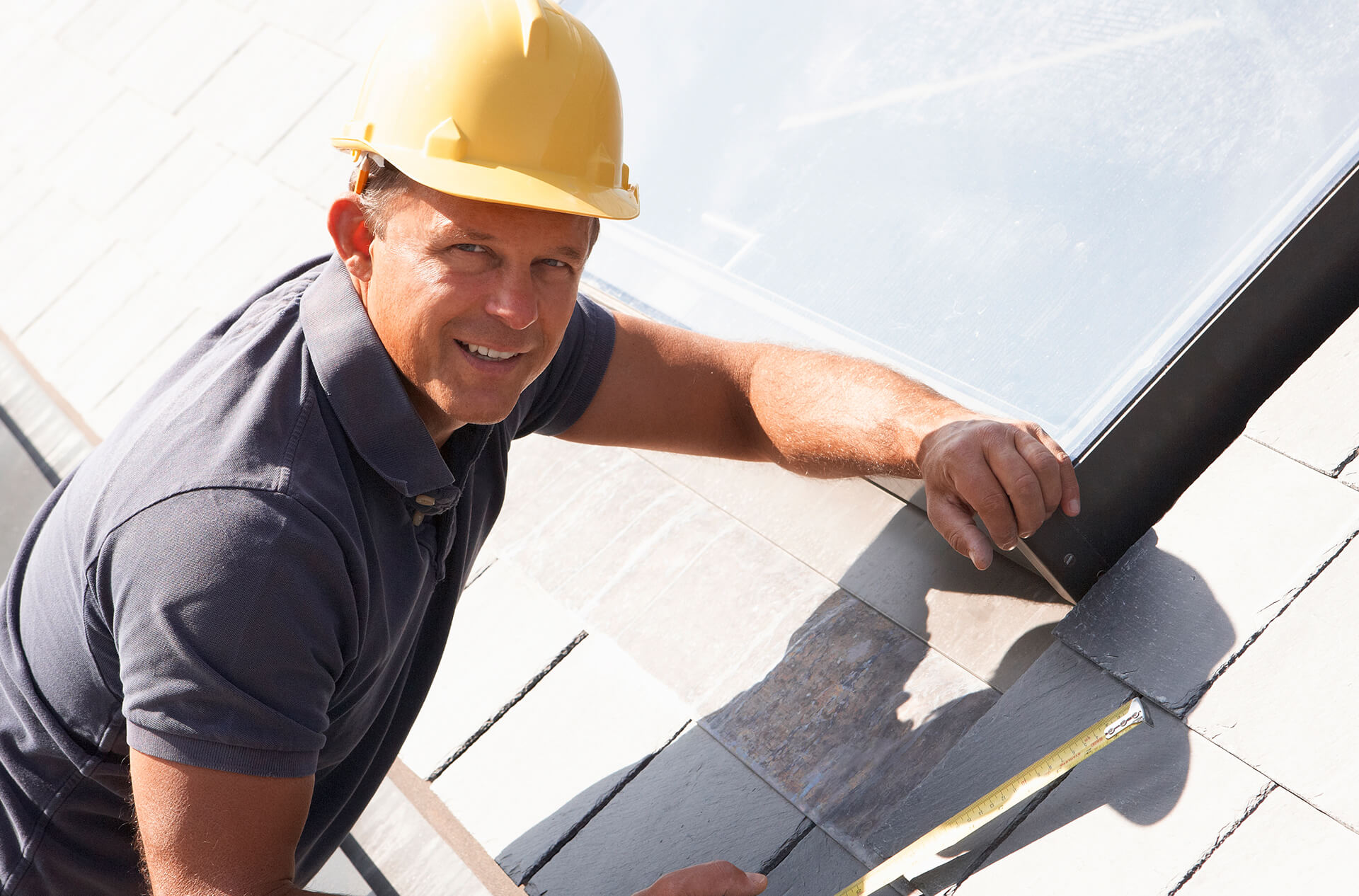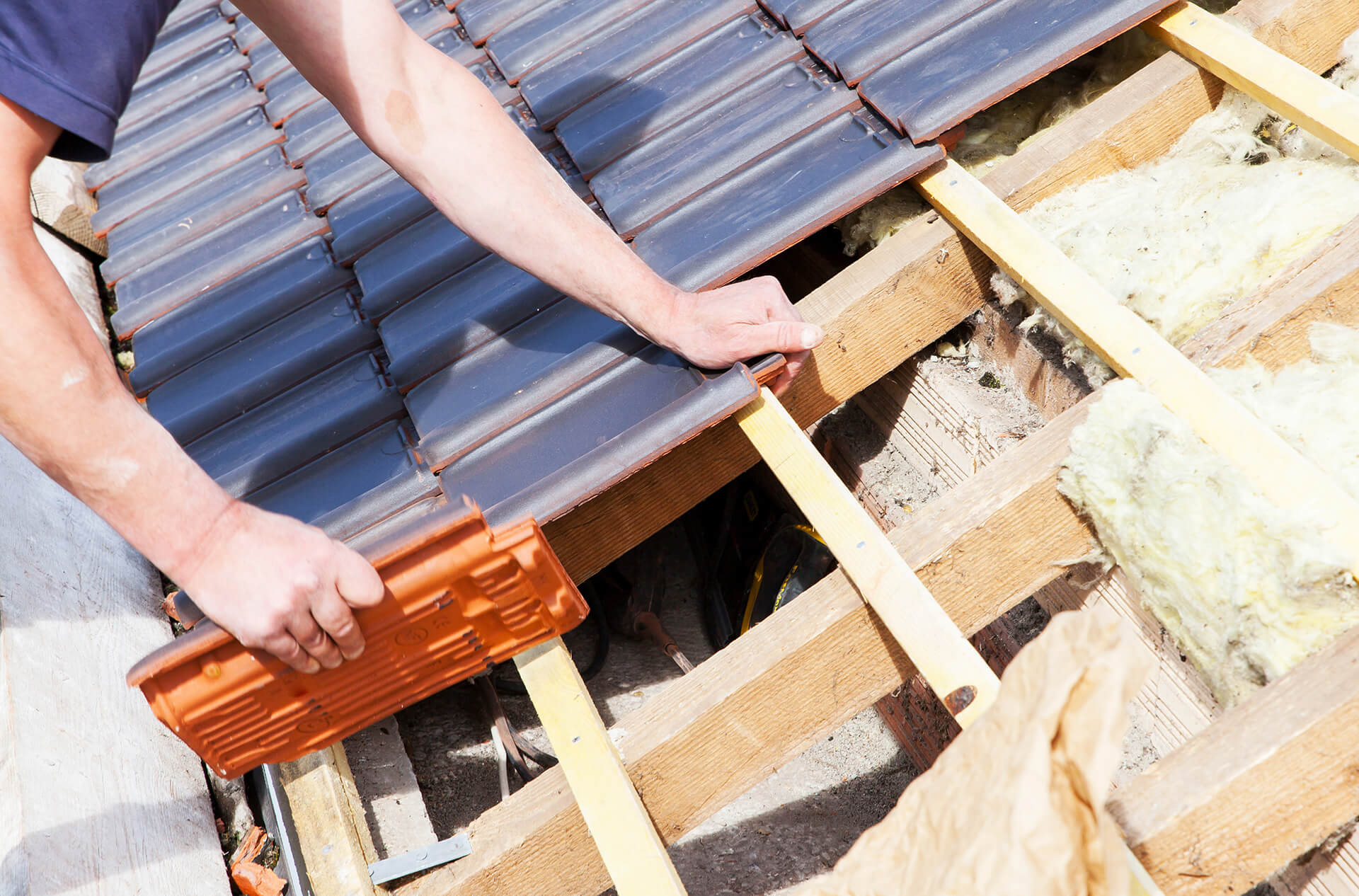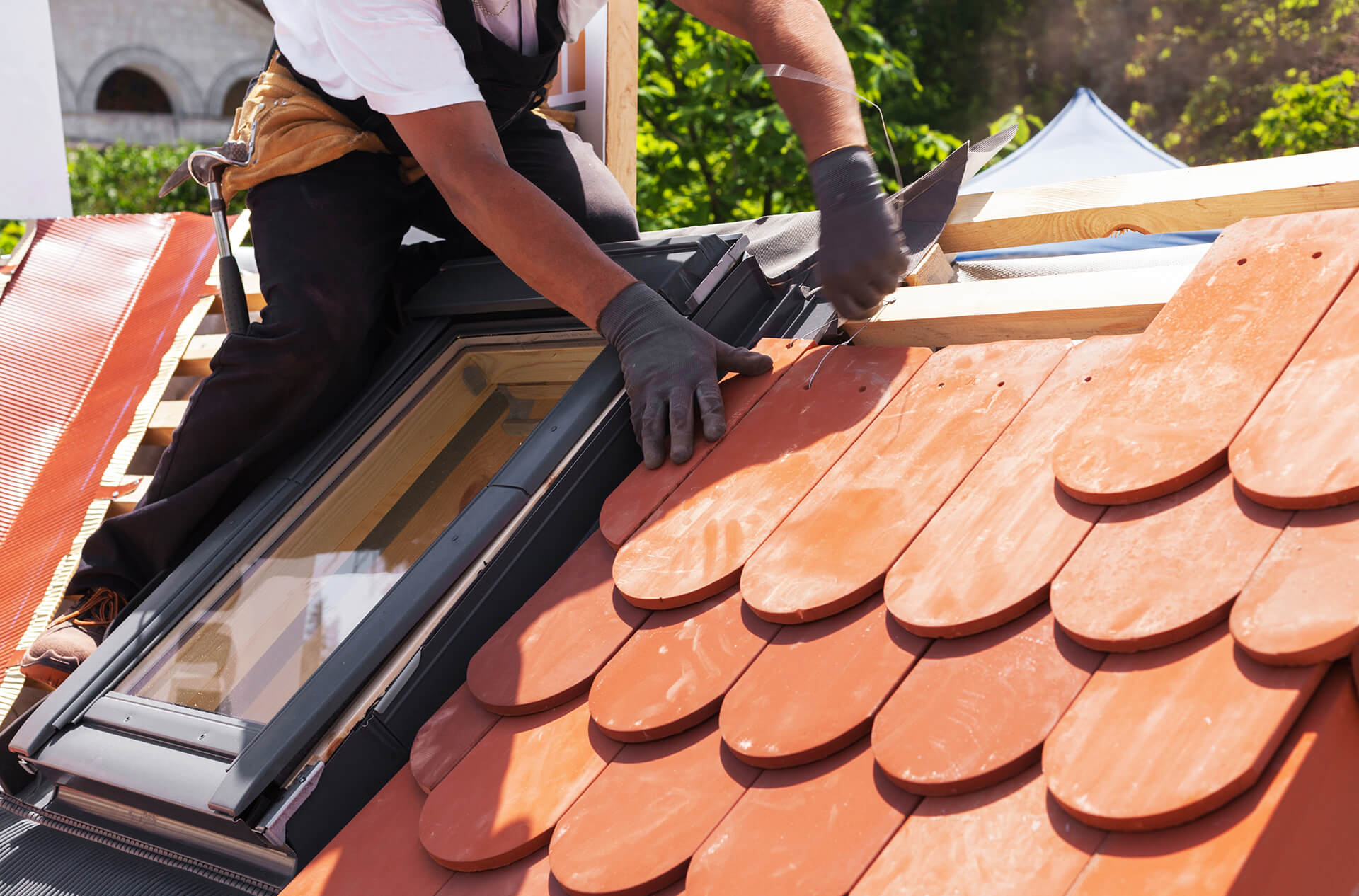New Roof Installation
Getting the news that you need a new roof is never a fun thing to hear. There’s nothing you can do about needing a roof replacement, expect to learn as much as you can before you do it.
A roof replacement is tearing off your old roofing materials down to the decking and installing all-new roofing components (underlayment, shingles, etc.). Hiring a local roofing contractor, investing in quality, and more helps you get started on the path to getting your new roof. The average lifespan of a newly replaced roof is 30 to 100 years, depending on the type of roofing material that you choose. Preparing for a roof replacement can be a stressful time. This is especially true if you’ve never been through the replacement process before.
Things To Know About Getting A New Roof
Why it’s important to hire a local roofing contractor for your roof replacement
Hiring a local roofing contractor is crucial to your roof investment. The local roofing contractor you hire must have a physical office location in your area and a local phone number. This ensures you know where to find them if you ever have a problem with your roof.
Another reason to hire a quality local roofing company is that they know what needs to be done that’s specific to the area where you live. They’ll know what installation codes to follow, the paperwork required, and everything else they’ll need to ensure your roof is correctly installed and in compliance with your state’s requirements.
Be aware that some out of state companies come in after a big storm, undercut local roofing company prices, get the money, and move on to the next storm-hit town. These companies don’t care about local codes or if they properly install your roof.



Invest in quality instead of the cheapest roofing materials
A roof replacement is an investment. And just like every other investment, your replacement isn’t going to be cheap. I understand everyone is on a budget, and a low price may drive your decisions. However, it’s crucial to your roof investment that you choose quality materials and labor instead of going with the cheapest options available.
If you decide to go with the cheapest roof, you’re getting the cheapest roofing materials with the cheapest labor to install them. When you pay for this cheap labor and materials, it shows in the finished quality of your roof, which will cost you more money in the long run with repairs and eventually, a full roof replacement.
The roofing materials included in your roof replacement
Your roof is more than just the shingles you see from the street. So, wouldn’t it make sense to know what else makes a roof a roof?
Your roof is made up of different roofing materials and components that form a complete roof system. Be aware, not all of these materials (decking and flashing) will need to be replaced when you get an asphalt roof replacement.
The roofing components and materials that make up your roof are:
- Roof decking
- Roof flashing
- Underlayment
- Drip edge
- Ice and water shield
- Shingles
- Ridge capping
- Roof vents
- Pipe boots
Remember, it’s crucial to invest in quality when it comes to roofing materials. This ensures you get the best materials warranty available from the manufacturer.
What the roof replacement process looks like
The day your roof is installed is the most important day in the life of your roof. It must be installed using correct roofing techniques to truly give you peace of mind. But what does the roof replacement process look like?
The first step to your roof replacement is getting all the roofing materials delivered to your home. Then your local roofing contractor arrives on the day of your replacement and makes sure all the vehicles are moved out of your driveway or garage.
After making sure everything is clear for them to start, they’ll start setting up protection for your property and begin the tear-off process. After your old roof is torn off to a clean decking, they’ll begin installing all of your new roofing materials.
Once your new roof is properly installed, your contractor will clean up your property and inspect your new roof to ensure the workmanship reaches the high standards you expect.
What the roof replacement process looks like
The day your roof is installed is the most important day in the life of your roof. It must be installed using correct roofing techniques to truly give you peace of mind. But what does the roof replacement process look like?
The first step to your roof replacement is getting all the roofing materials delivered to your home. Then your local roofing contractor arrives on the day of your replacement and makes sure all the vehicles are moved out of your driveway or garage.
After making sure everything is clear for them to start, they’ll start setting up protection for your property and begin the tear-

off process. After your old roof is torn off to a clean decking, they’ll begin installing all of your new roofing materials.
Once your new roof is properly installed, your contractor will clean up your property and inspect your new roof to ensure the workmanship reaches the high standards you expect.
How Much Does a Roof Replacement Cost?
Replacing a roof is without a doubt one of the larger expenses you’ll face as a homeowner. What’s worse, it’s not a home improvement that you can directly enjoy once it’s finished, like, say, a new deck or a renovated kitchen. But it’s an investment in your property that will keep your home in good shape for years to come. The national average cost to replace a roof is around £8,000, with most people spending in the range of £5,500 to £11,000. The two largest variables you’ll deal with on a job like this are the square footage of your home (and thus, your roof), and the type of roofing material you choose.
What impacts the cost of your roof replacement?
The type of roof you choose
The rest of the roof system’s materials
Labor and time (set up, tear-off, installation, clean up)
Your roof’s accessibility
The number of penetrations your roof has
Your roof’s size and the complexity of it
The amount of decking that may need to be replaced
Dump fees
Operating costs
Benefits of replacing your roof
Reduce Roof Repair Needs & Costs
Avoid Water Damage to Your Home’s Interior
It’s Your Chance to Improve Your Roof “Below the Shingles”
Increased Energy Efficiency
Liability and Home Insurance Benefits
Longer Durability, Less Stress!
Increased Resale Value for Your Home
Pros and Cons of Roof Replacement
The pros include:
Roof replacement is durable,
It can be done regardless of the number of layers of shingles on the roof,
With roof replacement, you get to know the underlying issues with your roof and have an opportunity to fix them rather than superficially improving your roof’s look.
Saves money in the long run.
The major con is that roof replacement is labor-intensive, requires more material and time; thus, it is more expensive
Frequently Asked Questions
How long does it take to take off and put on a new roof?
In extreme cases, it could take three to five days. Depending on the weather, complexity, and accessibility of your home it could even take up to three weeks. But unless it’s a large home, a roof can typically be replaced in a day.
How long will a roof replacement last?
The average lifespan of a newly replaced roof is 30 to 100 years, depending on the type of roofing material that you choose.
How often should the roof Be Replaced?
In general, this is the recommended replacement schedule based on the material used:
Composition Shingles: 12-20 years
Asphalt Shingles: 15-30 years
Wood Shingles: 20-25 years
Rubber Roofs: 30-50 years
Metal Roofs: 50-75 years
